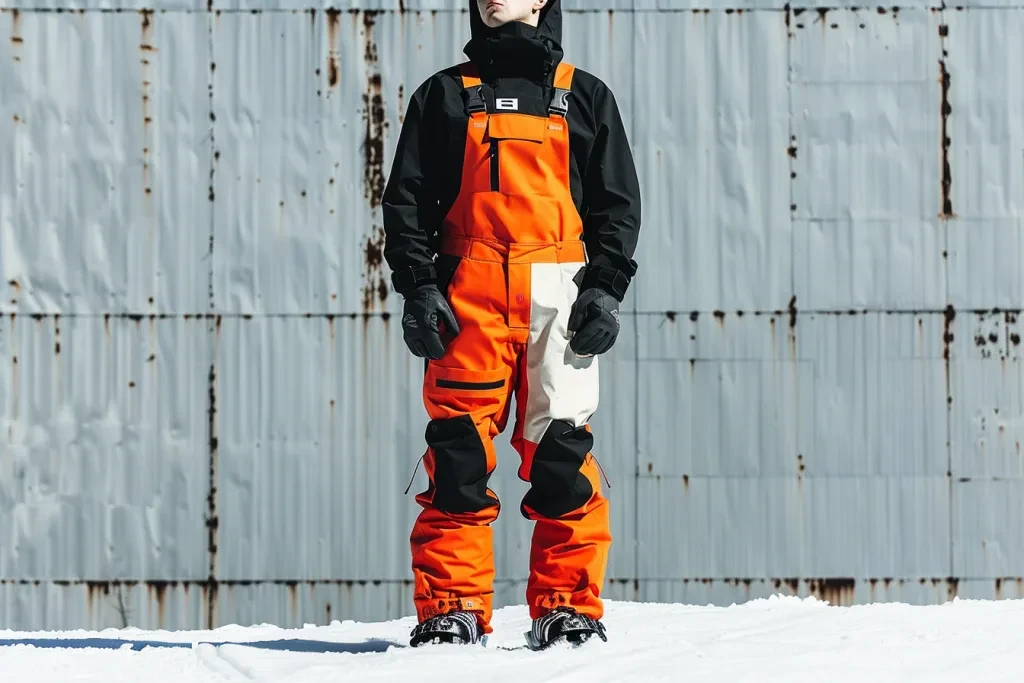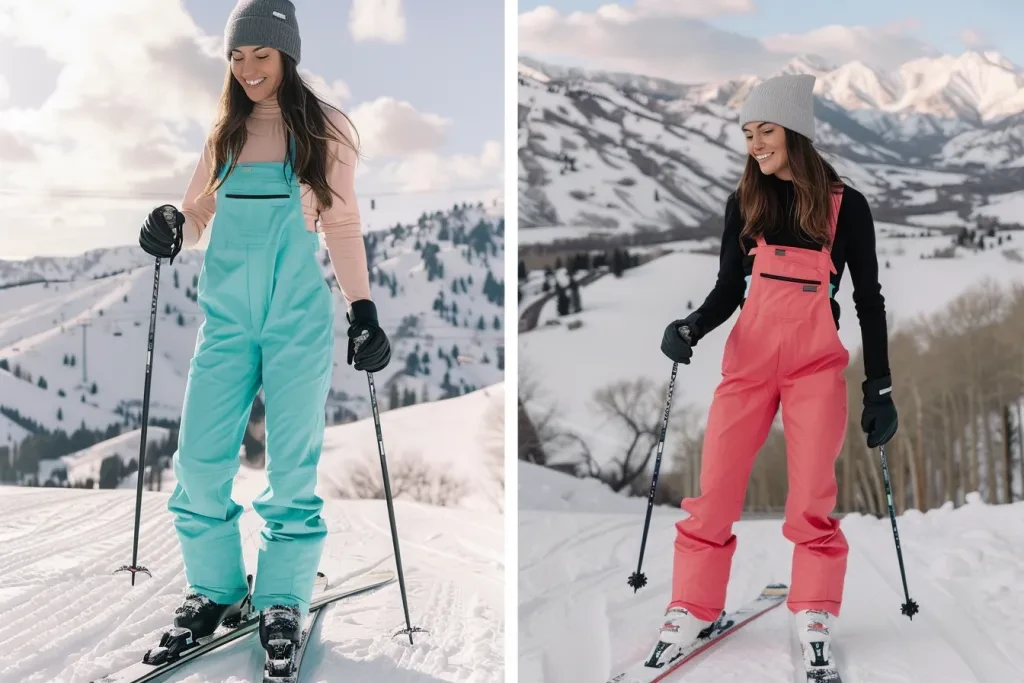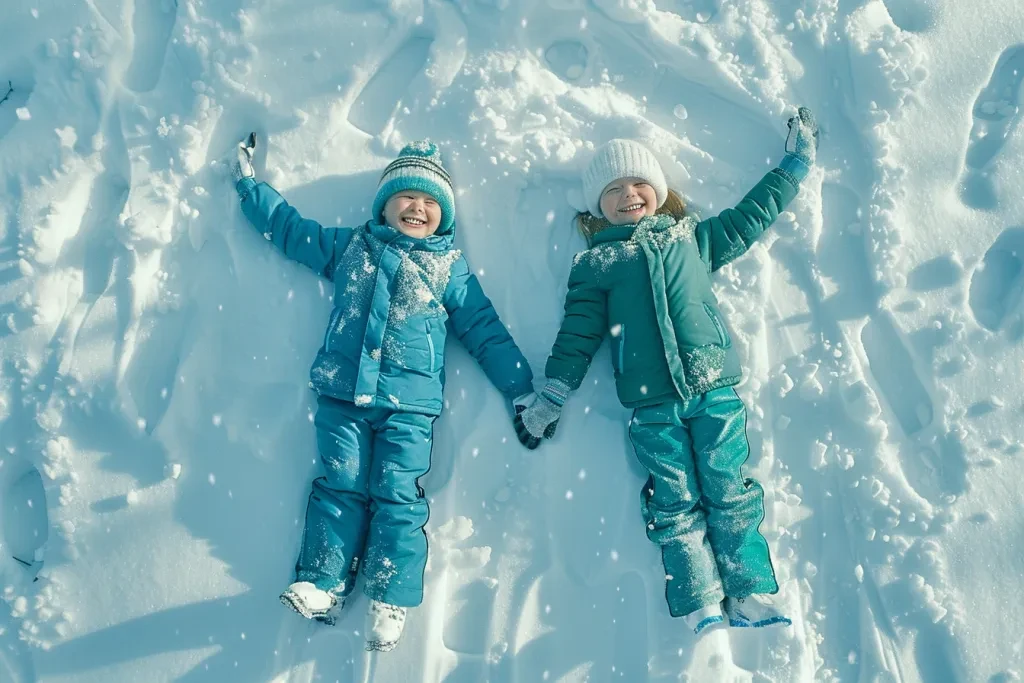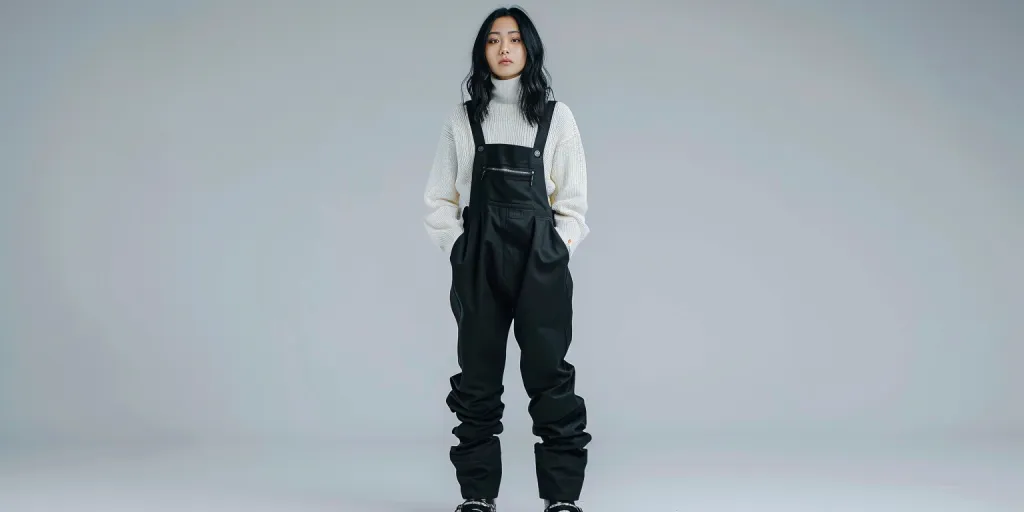When the winter season rolls around, bringing with it the promise of fresh snow on the slopes, the importance of having the right gear cannot be overstated. Among the essentials for any winter sports aficionado is a good pair of snow bibs. Not only do they offer an added layer of protection against the cold and wet conditions, but they also provide a level of comfort and flexibility that can significantly enhance your experience on the mountain. In this article, we’ll explore the top aspects of snow bibs that users care about most, ensuring you’re well-informed for your next snowy adventure.
Table of Contents:
– What are snow bibs and why do you need them?
– Key features to look for in snow bibs
– The importance of material and insulation
– Fit and comfort: Getting it right
– Caring for your snow bibs: Tips and tricks
What are snow bibs and why do you need them?

Snow bibs, often confused with regular snow pants, offer a unique set of advantages for winter sports enthusiasts. By design, they extend higher up the body, typically to the chest, and include suspenders or a bib to hold them in place. This design choice not only provides an additional barrier against snow entry but also offers better coverage and warmth for the upper body.
For those who have experienced snow getting inside their jacket or pants while skiing, snowboarding, or even during a playful snowball fight, the value of snow bibs becomes immediately apparent. They act as a fortress, keeping the cold and wet at bay, which is crucial for maintaining body warmth and comfort throughout your snowy escapades.
Furthermore, snow bibs are versatile. Whether you’re a professional athlete training in harsh conditions or a family enjoying a weekend getaway at a ski resort, the protection and convenience they offer make them an indispensable part of your winter wardrobe.
Key features to look for in snow bibs

When selecting snow bibs, several key features stand out as critical for maximizing performance and comfort. Firstly, waterproofing is non-negotiable. Look for bibs with a high waterproof rating, as this will ensure you stay dry even in heavy snow or rain.
Breathability is another crucial aspect. As much as staying dry from external moisture is important, so is the ability to allow sweat to escape. High-quality snow bibs will balance waterproofing with breathable materials, preventing moisture buildup from sweat, which can lead to discomfort and chilling.
Lastly, pockets and ventilation zips are features that, while they might seem minor, can significantly enhance your experience. Strategic pockets allow for easy access to essentials without needing to remove layers, while ventilation zips can help regulate body temperature during intense activity or warmer conditions.
The importance of material and insulation

The material composition of snow bibs plays a pivotal role in their effectiveness. Advanced synthetic fabrics that offer stretch can enhance mobility, which is crucial for sports like skiing and snowboarding. Meanwhile, the insulation within the bibs is what keeps you warm.
There are two main types of insulation: down and synthetic. Down is known for its excellent warmth-to-weight ratio but performs poorly when wet. Synthetic insulation, on the other hand, retains its insulating properties even when damp, making it a more reliable choice in wet snow conditions.
Moreover, the outer layer of the bibs should be durable to withstand the wear and tear of winter sports. Reinforced areas, such as the knees and seat, can extend the life of your snow bibs, ensuring they remain a staple in your winter gear for seasons to come.
Fit and comfort: Getting it right

A perfect fit is paramount when it comes to snow bibs. Too tight, and you’ll restrict your movement and potentially cut off circulation. Too loose, and you’ll let in cold air, defeating the purpose of wearing them. Look for adjustable straps and waistbands that allow for a customizable fit.
Comfort also extends to how the bibs interact with your other layers. They should complement rather than compete with your jacket and base layers, allowing for a full range of motion without bulkiness. Additionally, consider the ease of getting in and out of the bibs, especially when nature calls—a design with a drop-seat feature can be a game-changer.
Caring for your snow bibs: Tips and tricks

To ensure your snow bibs last as long as possible, proper care is essential. Always follow the manufacturer’s washing instructions, typically found on a tag inside the garment. Most snow bibs should be washed in cold water on a gentle cycle and hung to dry.
Avoid fabric softeners and bleach, as these can degrade the material and waterproof coatings. For tough stains, spot clean with a mild detergent before washing. Additionally, reapplying a water-repellent finish after several washes can help maintain the bibs’ waterproofing effectiveness.
Conclusion:
Snow bibs are a crucial component of any winter sports enthusiast’s wardrobe, offering unparalleled protection, warmth, and comfort on the slopes. By understanding the key features to look for, the importance of material and insulation, how to get the right fit and comfort, and the best ways to care for your bibs, you’re well on your way to enjoying your winter activities to the fullest. Remember, a little research and care can go a long way in ensuring your snow bibs serve you well through many seasons of cold-weather adventures.




